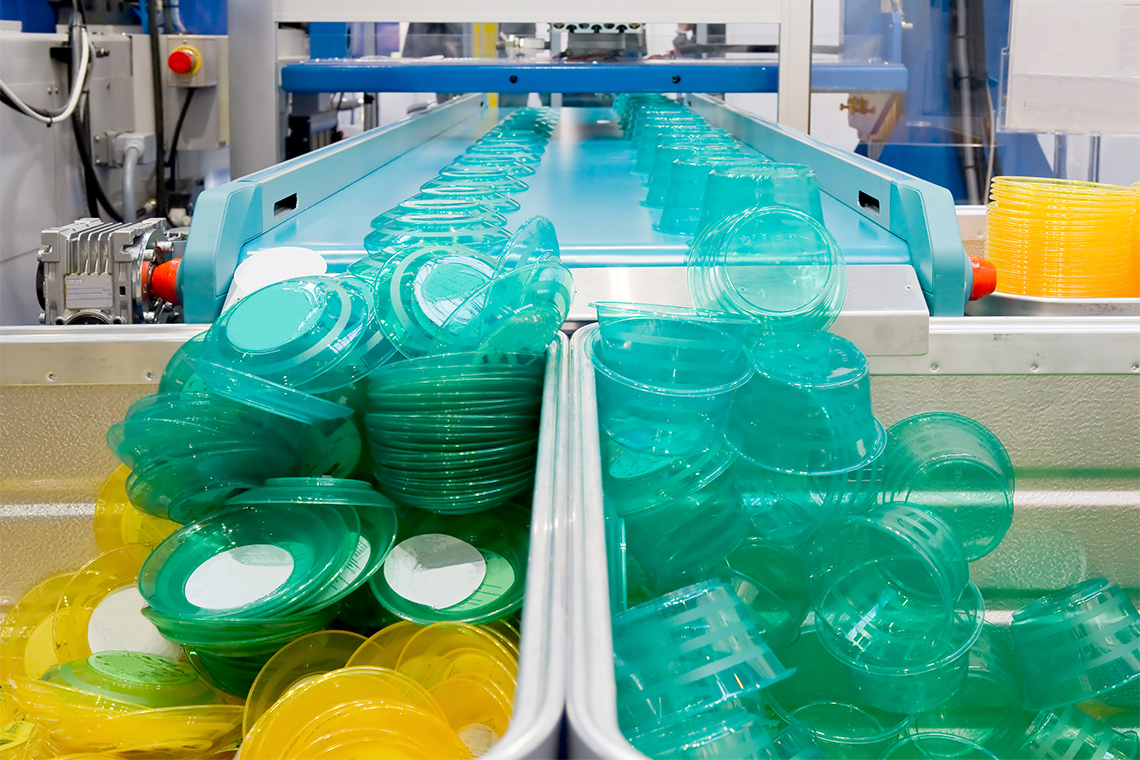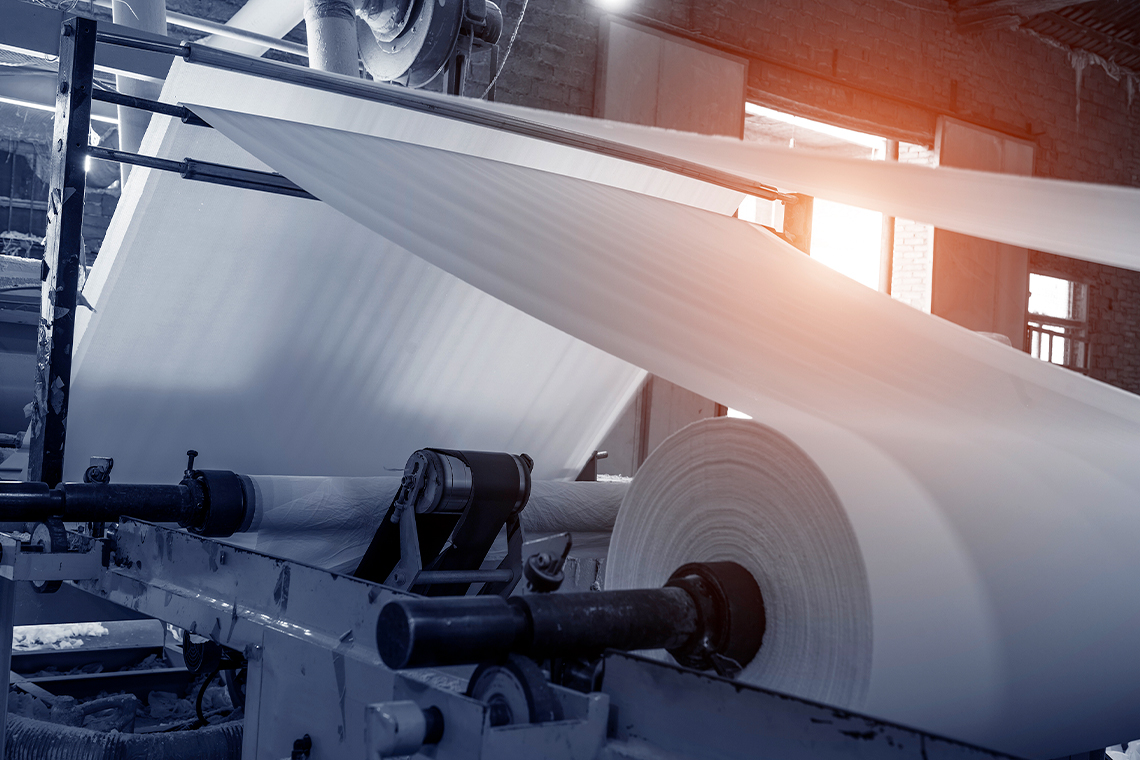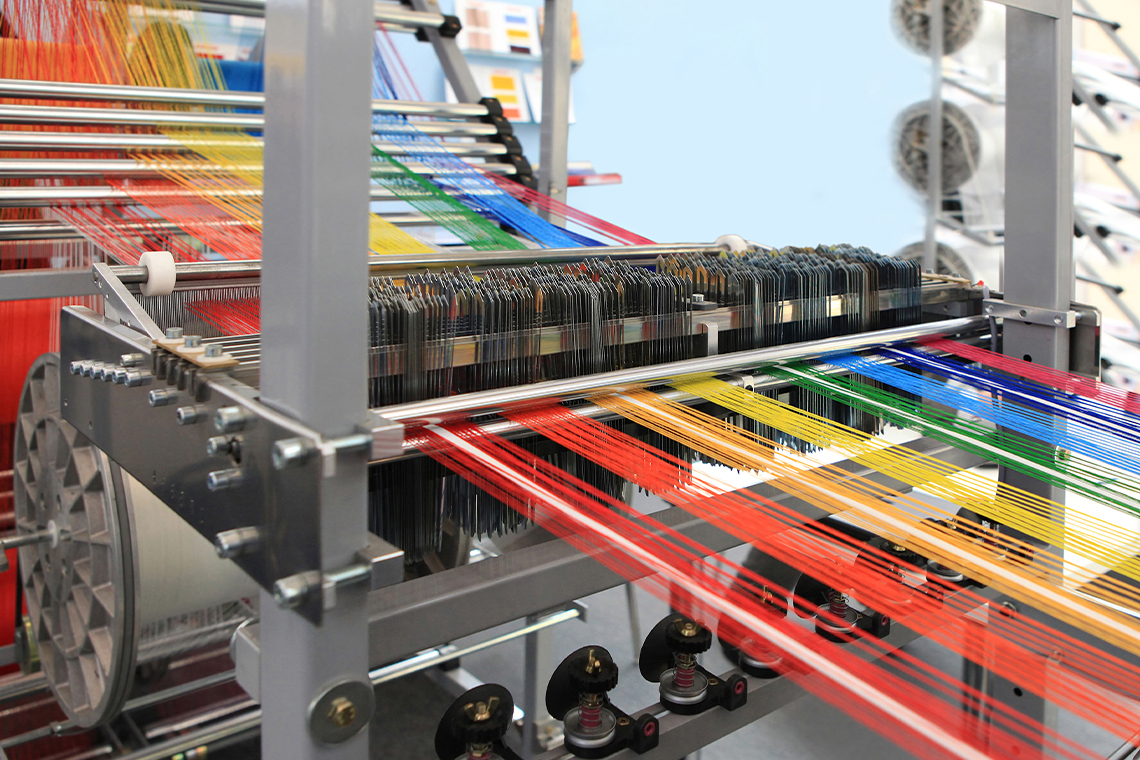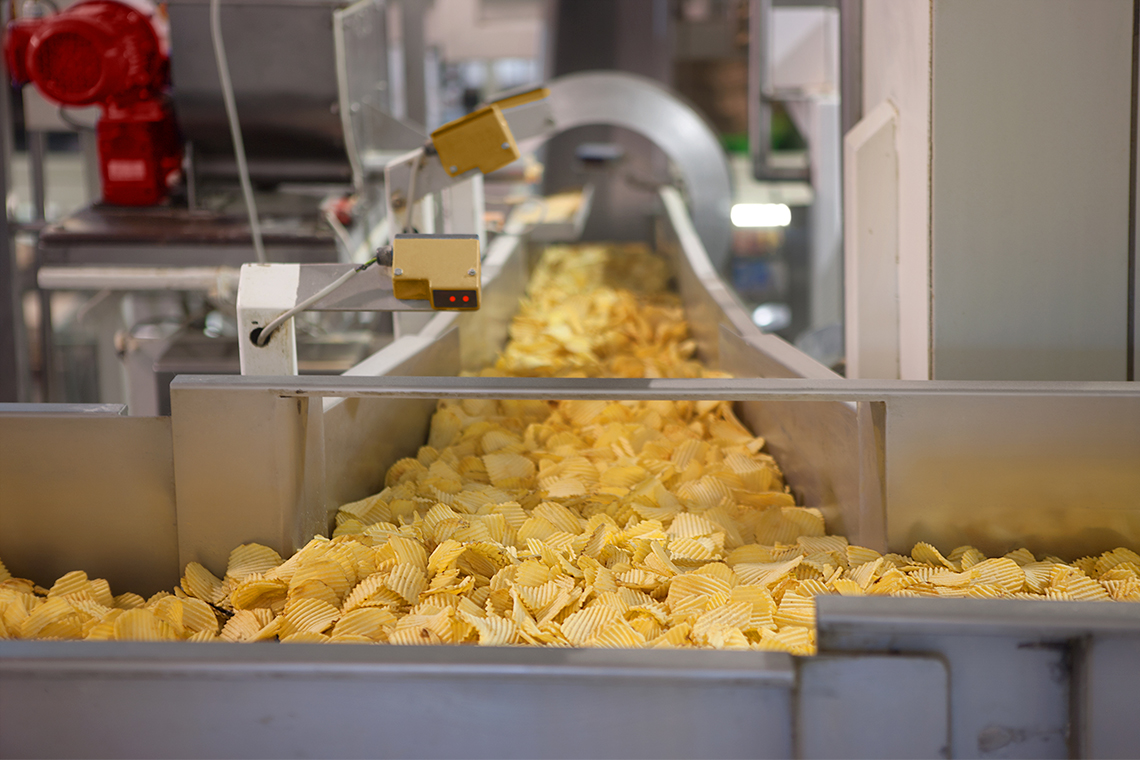Minds On
How is it made?
Explore the following images.
Think about the different things that humans eat or use in their daily lives.
Packaged food, clothing, and different types of technology are all examples of products that have been manufactured.
Press Definition to explore an explanation of the term manufactured.
Brainstorm
Brainstorm
Consider different examples of items that are manufactured around you.
Make a list of at least five items using a method of your choice.
Next, consider how these items might be manufactured. How might their manufacturing process affect the environment?
If possible, share your ideas with a partner.
Action
Manufacturing
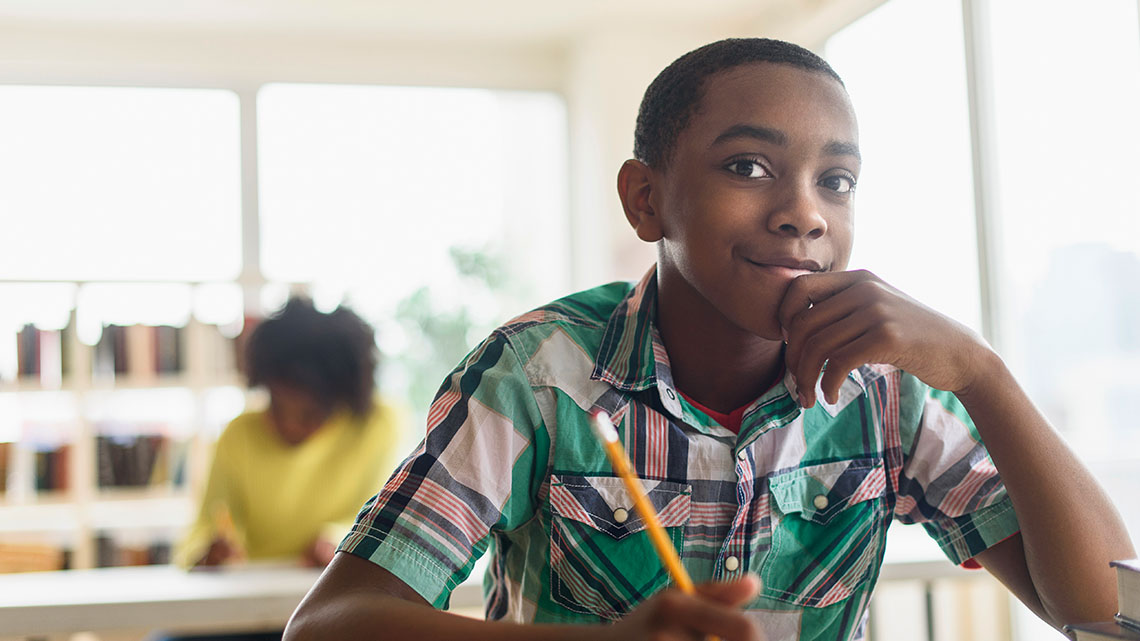
Based on your brainstorm, let’s consider:
- How are some common products manufactured?
- What are the steps in their manufacturing process?
Check out this video to learn about the steps of the Scientific Research Process. Next, you may start your research to answer our questions!
If using the following organizer, record your information in the Facts about the manufacturing process column.
Complete the Research Graphic Organizer in your notebook or using the following fillable and printable document. If you would like, you can use speech-to-text or audio recording tools to record your thoughts.
|
Choose 3 common products to investigate and respond to the following questions.
|
||
|
Common product (i.e., plastic bottles, cardboard boxes, clothing etc.) |
Facts about the manufacturing process | Impacts of the manufacturing process |
Complete Research Graphic Organizer in your notebook or using the following fillable and printable document.
Press the ‘Activity’ button to access the Research Graphic Organizer.
Global connection
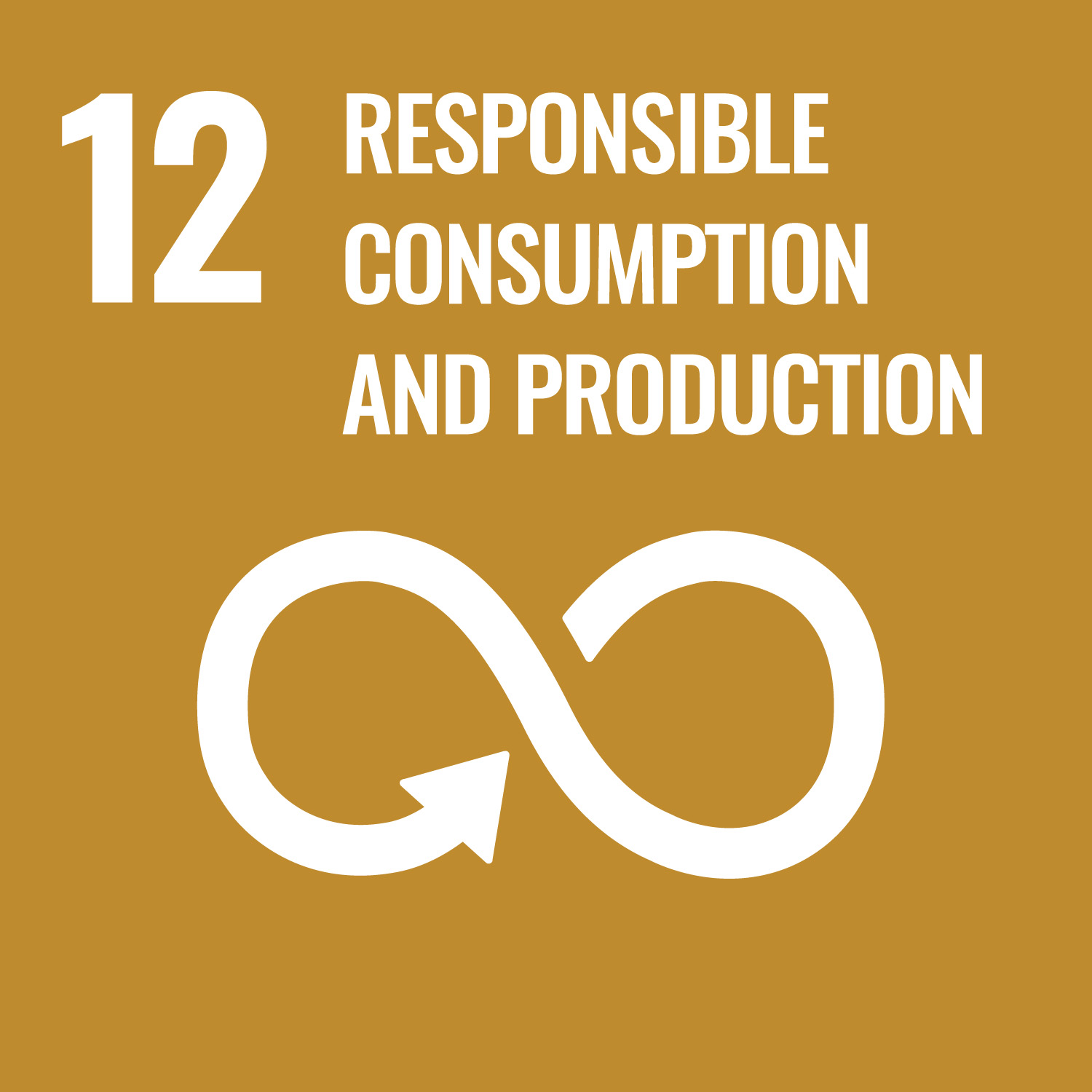
The United Nations (UN) is a group of many countries from around the world that have come together to create a better future for people and the environment. They have created 17 goals called the Sustainable Development Goals.
This learning activity is connected to Goal #12: Responsible Consumption and Production. This means everyone should ensure sustainable consumption and production patterns. Sustainable consumption and production will ensure efficiency, economic growth, and help the environment.
Impacts on society and the environment
Keeping Goal #12 in mind, let’s consider the question: What are some examples of the impact of manufacturing processes on society and the environment?
Press the following tabs to explore different ways that the manufacturing process can affect society and the environment.
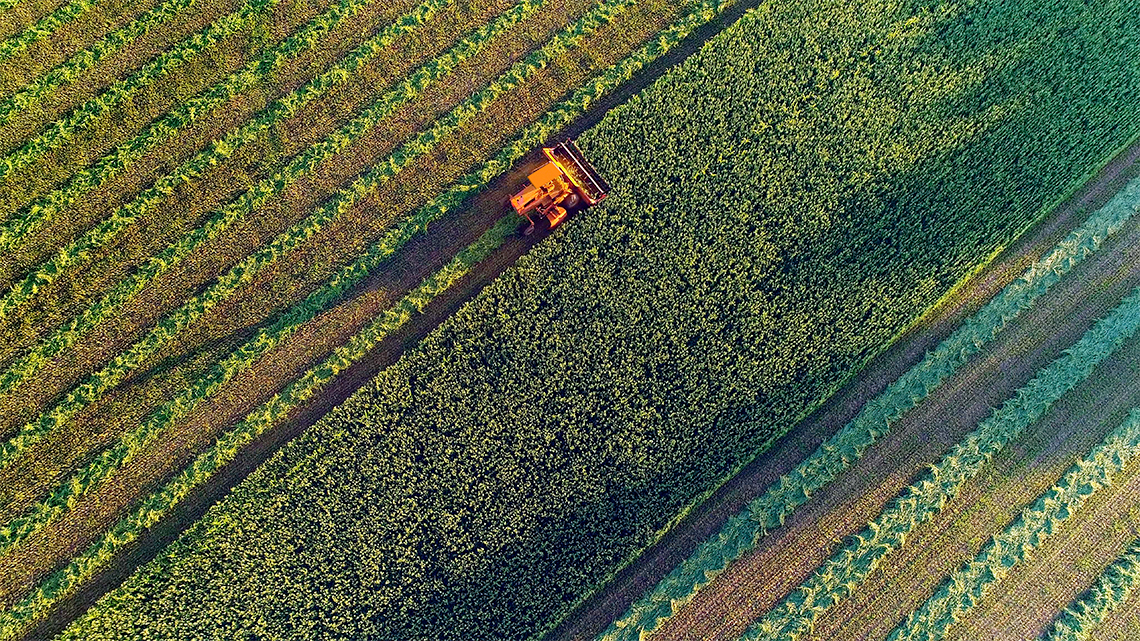
As the population of the planet continues to grow so does the amount of food that needs to be produced. This leads to larger farms that use non-biodegradable chemicals such as fertilizers and pesticides to produce larger crops quickly.
When it rains, these chemicals can run off the land and into nearby water sources, like oceans and lakes. This can harm fish, plants, and other organisms. Additionally, these chemicals can cause more algae to grow creating areas where fish cannot live.
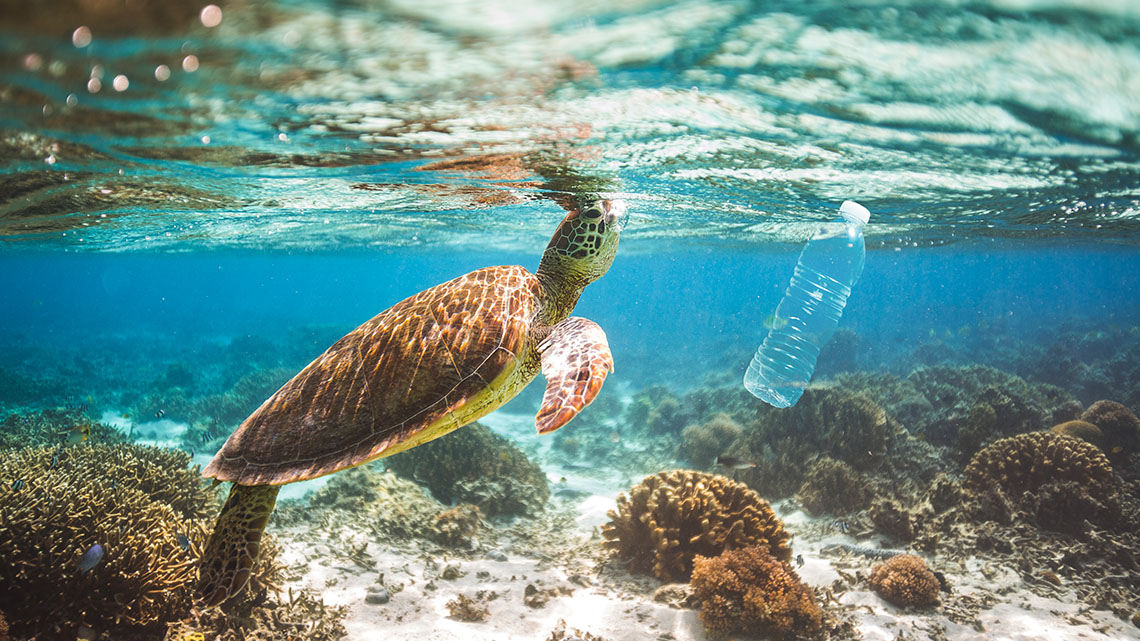
When these plastics break down, they become microplastics (tiny pieces of plastic) that contaminate the soil and water. Marine animals may think this is food and either eat the microplastics or become tangled in it. Additionally, soil and waterways end up absorbing toxic chemicals from plastics. These chemicals can be passed through the food chain and affect multiple organisms.
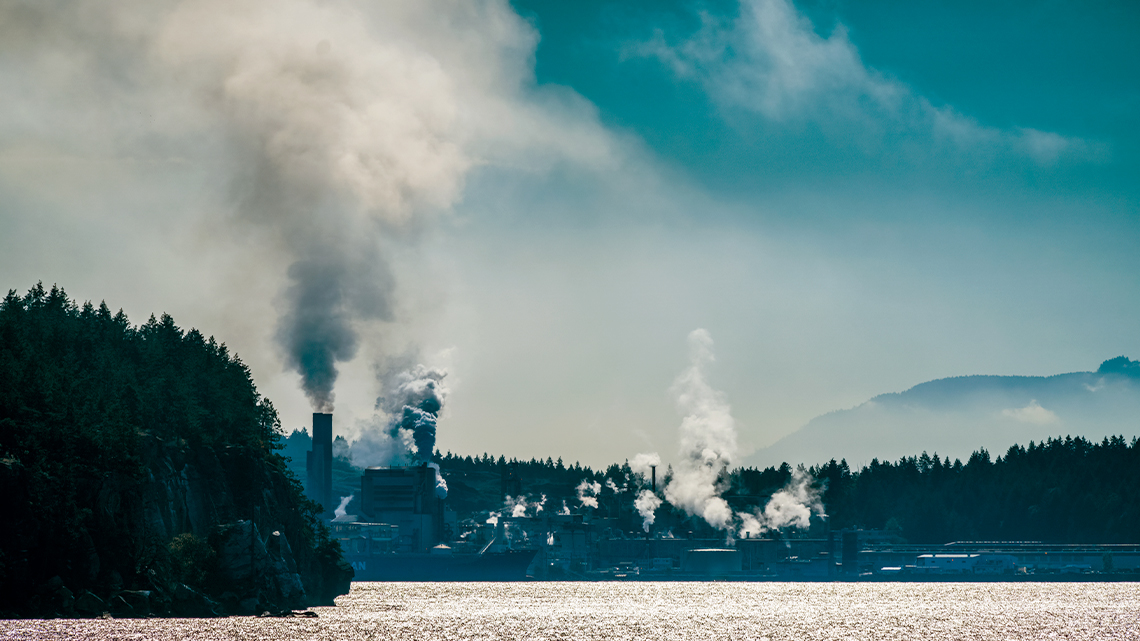
The pulp and paper industry processes wood into a variety of pulp, papers and paperboard products (i.e., toilet paper, printing paper etc.). It takes a lot of energy to create paper products. The manufacturing process produces greenhouse gases and other pollutants and releases these into the air which affects the health of humans and animals.
Review your organizer of common products.
Are there any negative impacts from the manufacturing process of these items on people, animals and the environment?
Record your answers by filling out the “Impacts of the manufacturing column” of your organizer or using another method of your choice.
Indigenous sustainability
Indigenous peoples throughout the world have specific responsibilities within their communities to protect and care for the land. They only consume what they need from the land to save resources for future generations and our leaders in sustainability.
Press Definition to access the meaning of the word sustainability.
Sustainability is the idea that we need to live in our environment without using too much of the earth’s natural resources. We want to be able to use what we need and make sure that natural resources do not run out for future generations.
Explore the following video by Douglas Sinclair called “Our Relationship and Responsibilities to the Land”. As you are exploring, record the traditional Indigenous knowledge that Sinclair shares with regards to how people should care for the land. Record your ideas in a method of your choice.
What does Douglas Sinclair share about the relationship and responsibility to the land?
Press Answer to access what Douglas Sinclair shares about the relationship and responsibility to the land.
Pause and Reflect
Pause and reflect
Consider the following questions and record your responses using a method of your choice.
- How might you consider sustainability in your own life?
- Why might sustainability be important at present and in the future?
Consolidation
Putting it all together
For each sentence, select the missing word from the drop-down menu.
Is it sustainable?

Reflect on what you learned from Douglas Sinclair in the video “Our Relationship and Responsibilities to the Land”.
Next, consider your research on different manufacturing processes and how they impact people, animals and the environment.
What could make each manufacturing process more sustainable?
Record your responses using a method of your choice. If possible, share with a partner.
Press Hint to access the meaning of the word sustainability.
Sustainability is the idea that we need to live in our environment without using too much of the earth’s natural resources. We want to be able to use what we need and make sure that natural resources do not run out for future generations.
Reflection
As you read through these descriptions, which sentence best describes how you are feeling about your understanding of this learning activity? Press the button that is beside this sentence.
I feel…
Now, record your ideas using a voice recorder, speech-to-text, or writing tool.
